During the examination of the mosaic found during a grave excavation in Ergani district of Diyarbakır, southeastern Türkiye, a Star of David symbol containing a cross motif and Greek inscriptions was detected.
On March 8, during the burial of a deceased person in the rural Özbilek neighborhood, an excavation conducted by a construction machine uncovered the mosaic. Following this, the Diyarbakır Museum Directorate initiated a study on March 11 regarding the mosaic.
Within this scope, a rescue excavation was conducted, uncovering a 35-square-meter mosaic that is evaluated as belonging to the Late Roman-Early Byzantine period.
The examination of the mosaic revealed the Star of David symbol featuring a cross motif, along with six lines of ancient Greek writing.
After the completion of the works in the area, the Diyarbakır Regional Board for the Protection of Cultural Heritage decided to preserve the mosaic in situ.
The site was covered with a special tarp and placed under protection.
Müjdat Gizligöl, Acting Director of the Diyarbakır Museum, told Anadolu Agency (AA) that the Diyarbakır Museum is one of Türkiye’s oldest and most established museums, having conducted over 50 rescue excavations since its establishment in 1934.
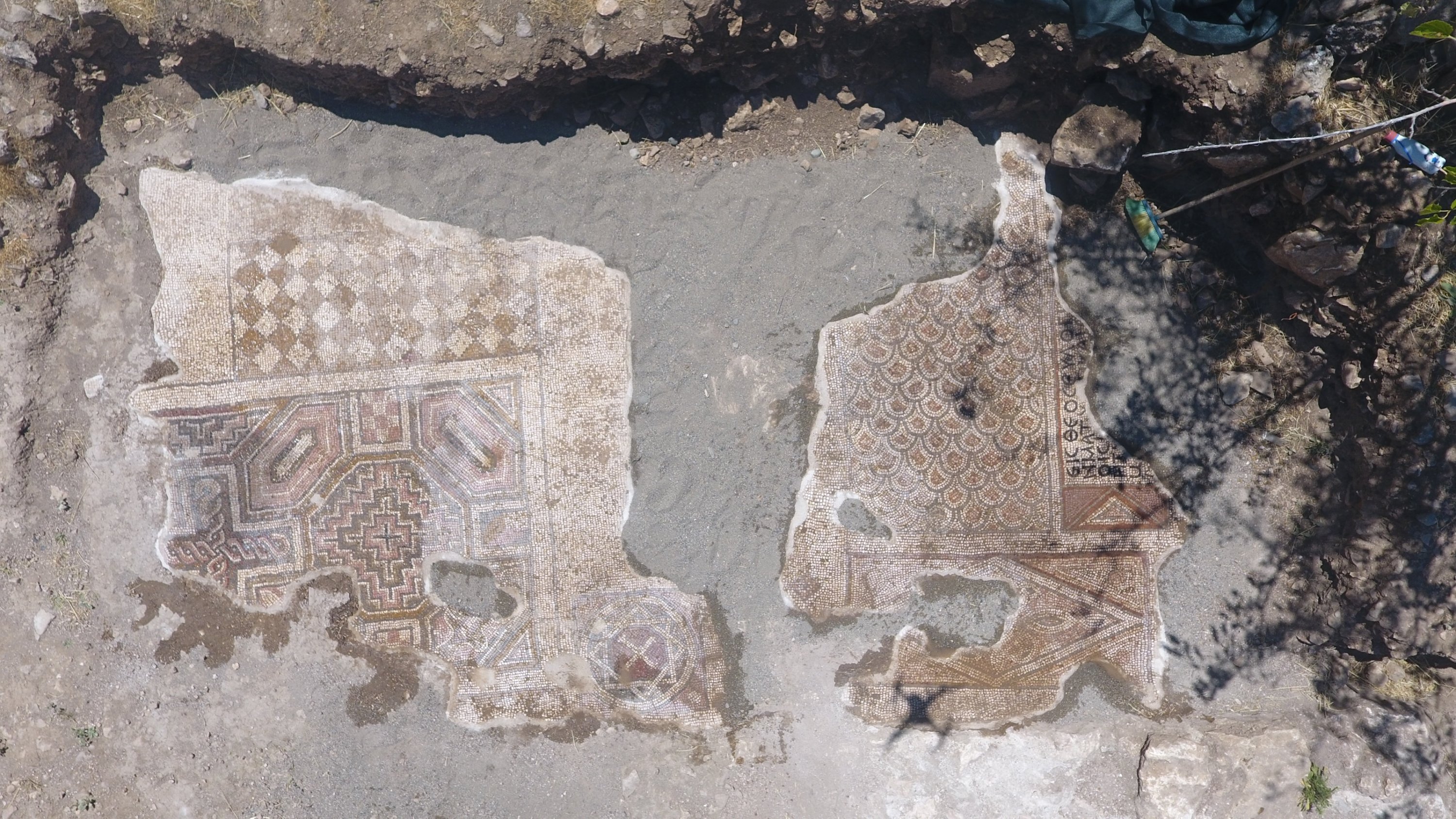
Gizligöl stated that one of these excavations was related to the mosaic discovered in the Özbilek neighborhood, adding:
“Upon receiving a report that the excavation for burial in the cemetery had encountered a mosaic, we went to the site. It was understood that the find was a mosaic from the Roman Period. Observations in the area revealed that the site was a registered location. After obtaining the necessary permits, we conducted a rescue excavation with archaeologists, art historians, restorers and workers that lasted approximately three weeks.”
Gizligöl noted that they uncovered a 35-square-meter mosaic consisting of two sections with different motifs.
“About 70% of the mosaic is preserved, while 30% has not survived to the present day,” said Gizligöl, adding details of their findings: “In the first section, there is an octagonal central figure surrounded by geometric patterns made of rhombuses. To the east of this figure is a large cross motif, while on the west side, motifs are using yellow, brown and white tones. In the southwest, drop motifs were found, alongside a large rhombus and a rectangular frieze containing Greek inscriptions.”
Gizligöl mentioned that the inscriptions consist of six lines, most of which are damaged.
“The most striking elements are the cross motif inside the Star of David and the six lines of Greek inscriptions. The inscriptions cannot be read at this time, but our work is ongoing. Once the transcription is complete, we will share it with the public. The mosaic reveals that, contrary to the prevailing belief that the Roman Empire did not extensively extend east of the Euphrates River, it was active in this region for a considerable period and left permanent works. This mosaic is especially important as it is the second mosaic found in situ in Diyarbakır. The first was found in the Özgider neighborhood of Çınar district.”
Gizligöl stated that the first phase of the excavation was rescue and the second phase involved in situ preservation. After the rescue excavation, the area was re-covered with soil following the acquisition of necessary permits.
“We want to leave this area as a heritage for future generations. This is a large ancient city, and we think that more comprehensive scientific excavations in the future could uncover new mosaics. However, since the area is currently used as a cemetery by villagers, a new burial site needs to be allocated to prevent further burials here,” said Gizligöl. He noted that the mosaic site is 66 kilometers from the Diyarbakır city center and was originally situated near a river in ancient times.
Gizligöl added, “Although the river does not flow today, at that time, there was a Roman village – likely with villas – around the river. The mosaics we are referring to belong to one of these structures. We have completed excavation and preservation work in the area.”

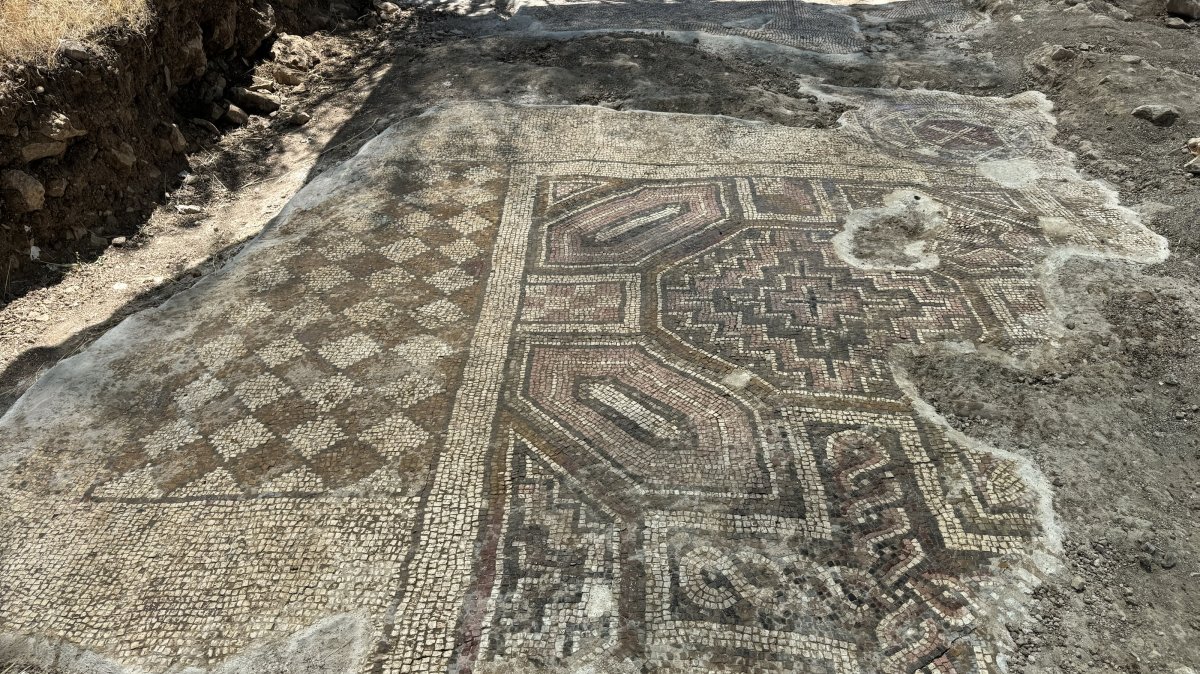




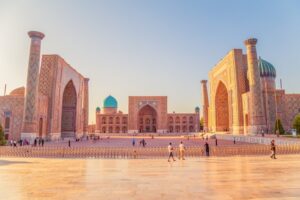





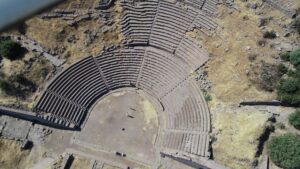






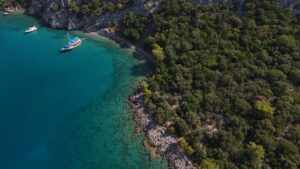
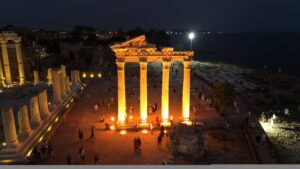

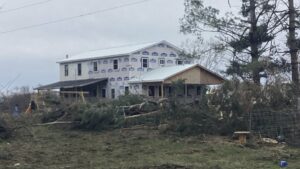


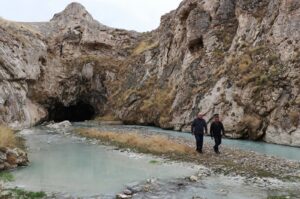
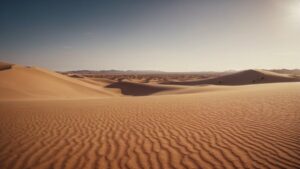
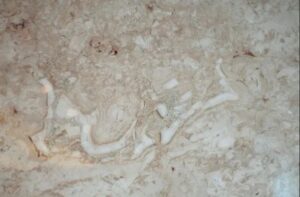

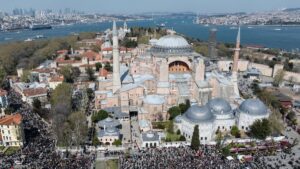
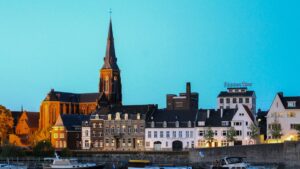
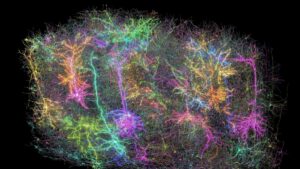

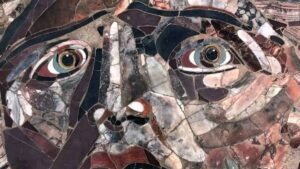

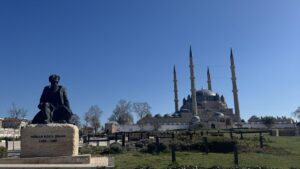
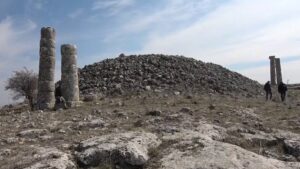

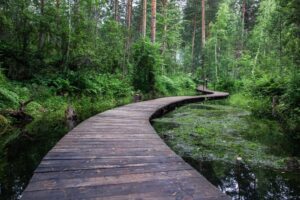
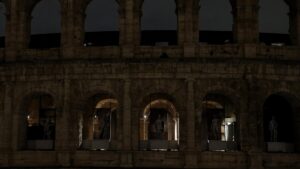
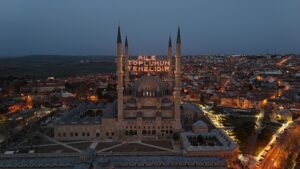
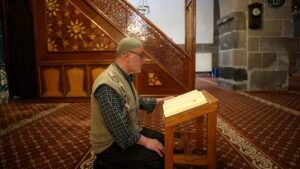
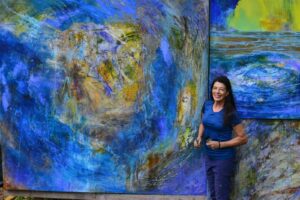






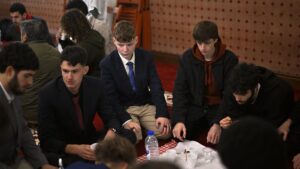


Be First to Comment